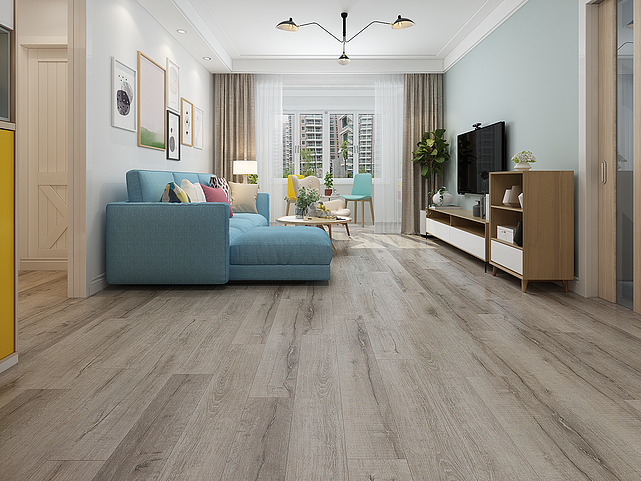The floor is one of the first things people see when they come to your house or office. If the flooring is not professional, your furniture and accessories won’t stand out too. There are many different types of flooring designed to meet the ever-growing demands in the market. Laminate flooring is one of the most prevailing types in many countries. What is it? In this essay, we are going to discuss this question. Let’s dive in.
What is laminate flooring?
If you don’t like to cut trees for use in house construction, laminate flooring is a good choice since it looks like stone or wood. Actually, it is a multi-layer synthetic flooring that has gone under the lamination process. There are many advantages associated with laminateflooring, making it a perfect option when you don’t intend to spend too much money.
What are the advantages of laminate flooring?
Laminate flooring is very popular due to a couple of reasons. First of all, the process of installation is easy and straightforward. Therefore, you can do it without spending money on it. Also, thanks to high strength and durability, it costs less to maintain laminateflooring. Interestingly, some famous brands are extremely hygienic due to antimicrobial resin mounted in the structure.
The anatomy of laminate flooring
Laminate flooring is made of four layers as follows.

Layer D: Backer paper
The first layer is layer D made of Backer paper that keeps the board straight. Also, it improves the acoustical quality of the floor as you walk.
Layer C: HDF core or board
The second layer is the high-density fiberboard (HDF). This layer is responsible for high strength and durability. The manufacturing process makes this flooring compatible with four locking systems.
Layer B: Decorative paper
It is possible to apply a multitude of colors and patterns on laminate flooring. This is due to the decorative paper layer. Laminateflooring can easily reproduce wood, stone, or marble. Even more, interestingly, non-traditional designs like leaves or grass can be implemented on it.
Layer A: Wear or overlay layer
It has several important functions for boosting the floor’s durability. This is practically the frontline for the protection of flooring against minor accidents such as scuffing, scraping, and scratching. Also, it keeps ultraviolet rays away so that the color of flooring stays longer.
The differences between laminate and vinyl flooring
The main similarity is that they both look like natural hardwood or stone. Also, they both are comprised of four layers as mentioned before. However, the vinyl floor is a bit more realistic. Also, the vinyl floor is a bit harder to be maintained and kept clean and unbroken. Additionally, vinyl is a little more expensive than laminate. This is because of its waterproof nature and also the thicker wear layer of the vinyl layer. Finally, you don’t need any glue tape to install laminate. In contrast, vinyl has four installation systems including interlocking, glue down, floating, and loose lay.
Recap
I hope you have found this article helpful. It was a short review of laminate flooring. We defined it first and then explained the anatomy. In the end, we have a nice comparison between laminate and vinyl flooring.

